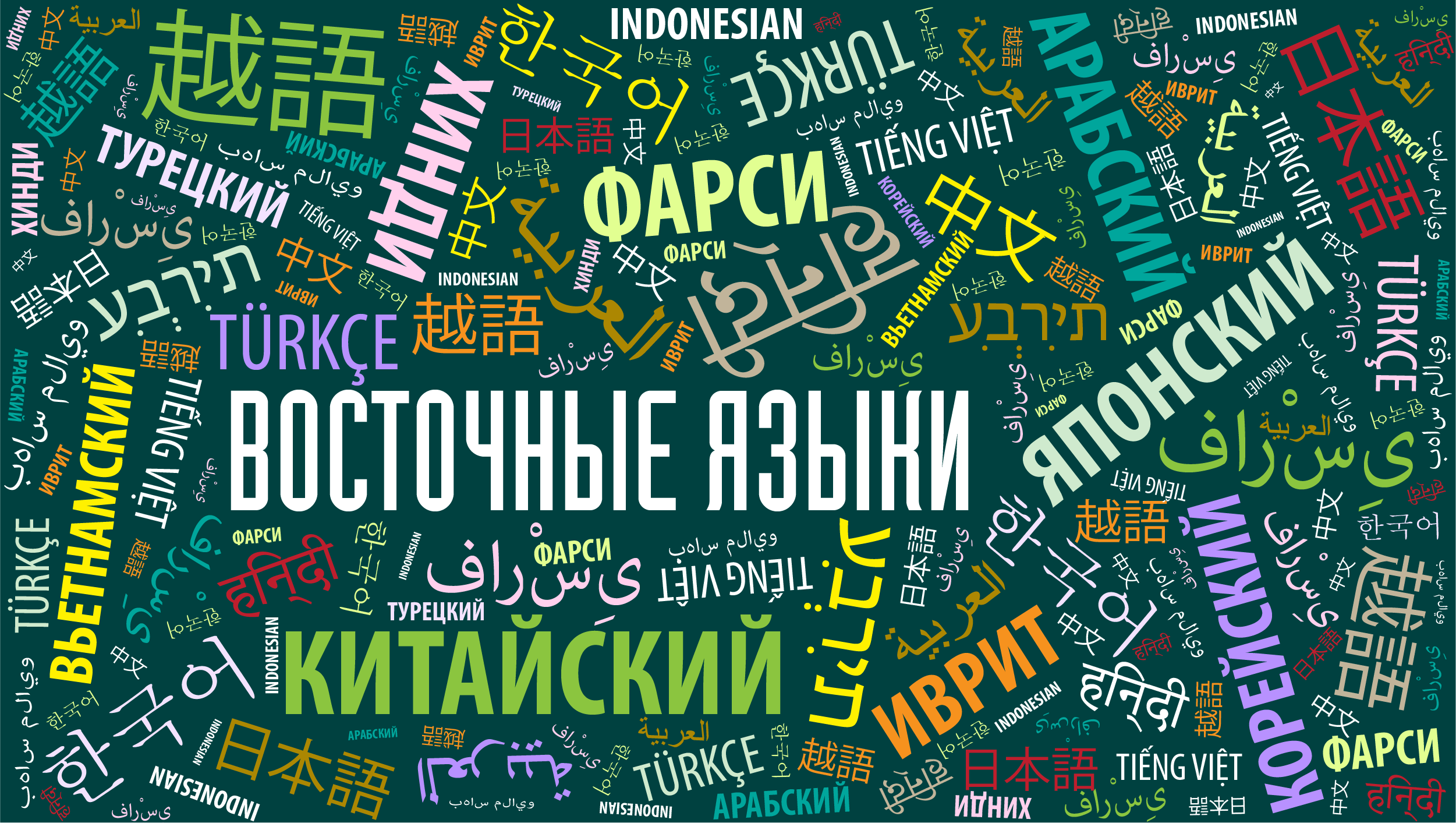Tagalog to english translation has become an essential aspect of global communication, enabling individuals and businesses to overcome language barriers effortlessly. The development of modern online translation services is an intricate blend of artistic language understanding and scientific advancements in artificial intelligence. In this article, we will explore the fascinating interplay between the art and science of online translation, shedding light on how contemporary translators operate and deliver accurate and culturally sensitive translations.
The Art of Language Understanding
Language is a rich tapestry of culture, expression, and context. Skilled translators possess not only linguistic proficiency but also a deep understanding of cultural nuances, idiomatic expressions, and regional variations. They strive to capture the essence of the source text and convey it seamlessly into the target language, ensuring that the message resonates with the intended audience. The art of translation involves preserving the author’s style, tone, and emotions while maintaining clarity and readability.
Embracing Modern Translation Technologies
Modern online translators leverage cutting-edge technologies, particularly machine translation (MT), to handle the vast amount of text generated daily. Machine translation is a process where algorithms and artificial neural networks analyze extensive bilingual data to produce automated translations. This technology has evolved significantly, giving rise to neural machine translation (NMT), which has significantly improved translation quality by considering context and sentence structures.
The Role of Natural Language Processing (NLP)
Natural Language Processing is a key component of modern online translation. NLP allows computers to interpret human language by analyzing syntax, semantics, and pragmatics. By employing NLP techniques, online translators can recognize word meanings, disambiguate polysemous terms, and grasp the intended meaning of a sentence, which ultimately contributes to more accurate and contextually relevant translations.
The Power of Big Data and Machine Learning
Online translation services https://lingvanex.com/translation/english-to-korean benefit from a vast amount of bilingual data collected from diverse sources. Big data and machine learning play a pivotal role in training translation models. The more data available for the algorithms to learn from, the better the translation quality becomes. Through iterative learning, modern translators continuously refine their capabilities, making them adaptable and increasingly accurate over time.
Handling Specialized and Technical Content
Effective translation extends beyond general text; it encompasses various specialized fields such as legal, medical, technical, and marketing. Modern translators are equipped with domain-specific knowledge or collaborate with experts in specific fields to ensure accurate translations. Online translation platforms also provide customizable solutions that cater to the specific needs of businesses operating in niche industries.
The dynamic interplay of art and science in modern online translation has revolutionized the way we communicate and interact globally. The amalgamation of linguistic expertise with advanced technologies such as machine learning, NLP, and big data has propelled translation services to new heights of accuracy and efficiency. As technology continues to evolve, we can expect online translators to become even more adept at navigating complex linguistic challenges, fostering cross-cultural understanding, and connecting people around the world with ease and precision.




